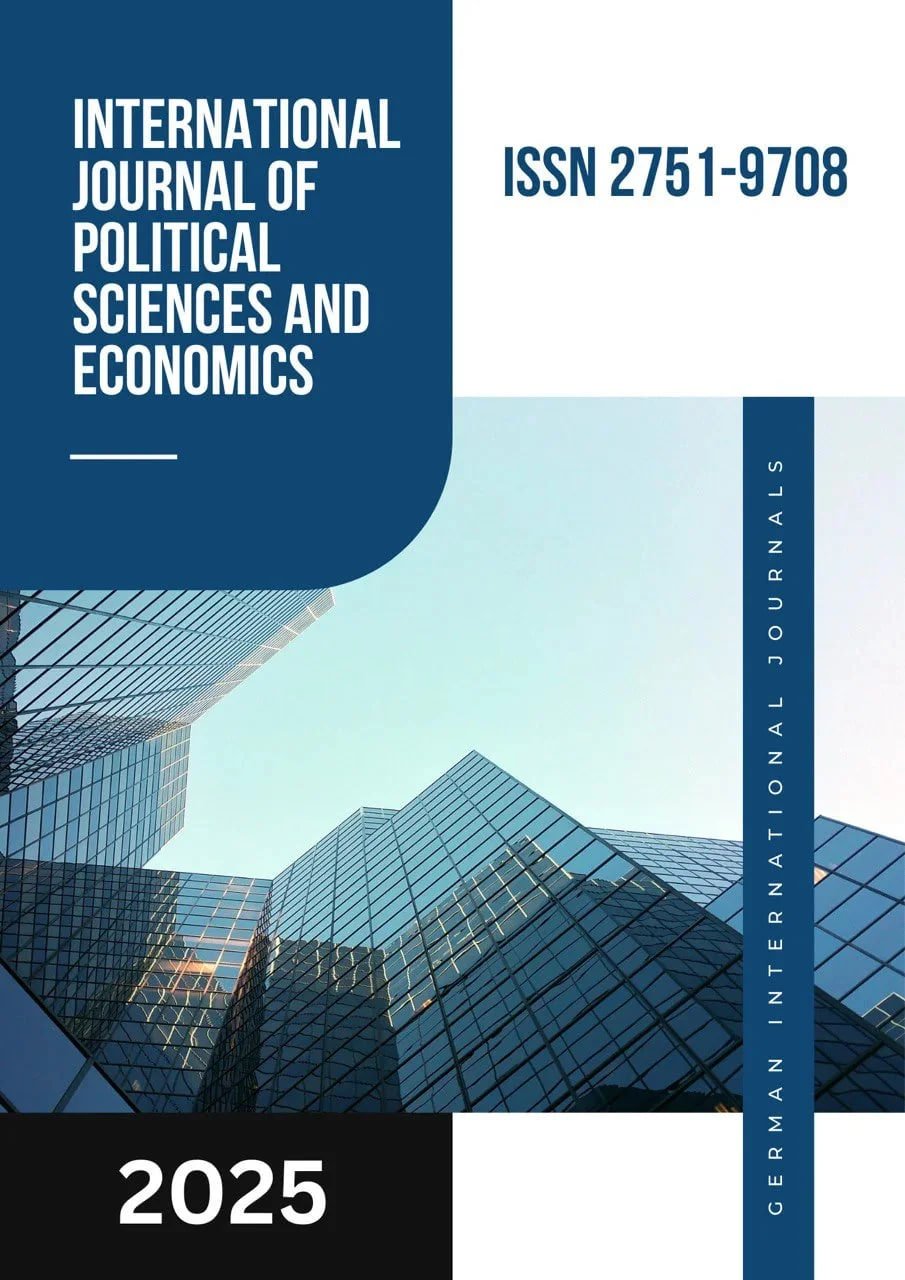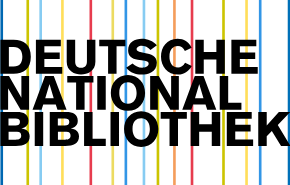THE EUROPEAN UNION'S EXPERIENCE AS A CRUCIAL FOUNDATION FOR CENTRAL ASIAN INTEGRATION
DOI:
https://doi.org/10.55640/Keywords:
European Union, Central Asia, integration, political processes, social reforms, intergovernmental cooperation, public diplomacy.Abstract
When studying the phenomenon of integration, it is necessary to rely on the foundations of state and public life, the system of international relations, and general political patterns. Political integration is an objective process that allows participating entities to achieve mutually beneficial results at low costs. But integration requires careful preparation from the entities, as well as the desire and ability to manage them. With the emergence and establishment of new integration political processes, old procedures and institutional difficulties are eliminated. The article scientifically analyzes the issues of studying and effectively using the experience of the European Union in Central Asian integration at this stage of historical development.
References
1. Coudenhove-Kalergi R.N. Pan-Europe. Paris / Éd. Presses Universitaires de France, 1988. -Р. 86.
2. Political integration: history, tasks, methods // https://studopedia.ru/view_ekonomika-es.php?id=19
3. "Basic information on the European Union" // www.europa.eu/about-eu/index_en.htm
4. The European Convention on human rights and its protocols // https://www.coe.int/en/web/compass/the-european-convention-on-human-rights-and-its-protocols
5. What is the European Union? https://openmediahub.com/eu-basics/what-is-the-eu/
6. Саидов С.Ш. «Народная дипломатия» как социально-политическое явление. // Международный научный журнал гуманитарных и естественных наук. – Россия, 2020. – №11. – С. 180.
7. President Shavkat Mirziyoyev addressed the 72nd Session of the United Nations General Assembly // https://president.uz/en/lists/view/1063
Downloads
Published
Issue
Section
License

This work is licensed under a Creative Commons Attribution 4.0 International License.
Authors retain the copyright of their manuscripts, and all Open Access articles are disseminated under the terms of the Creative Commons Attribution License 4.0 (CC-BY), which licenses unrestricted use, distribution, and reproduction in any medium, provided that the original work is appropriately cited. The use of general descriptive names, trade names, trademarks, and so forth in this publication, even if not specifically identified, does not imply that these names are not protected by the relevant laws and regulations.







